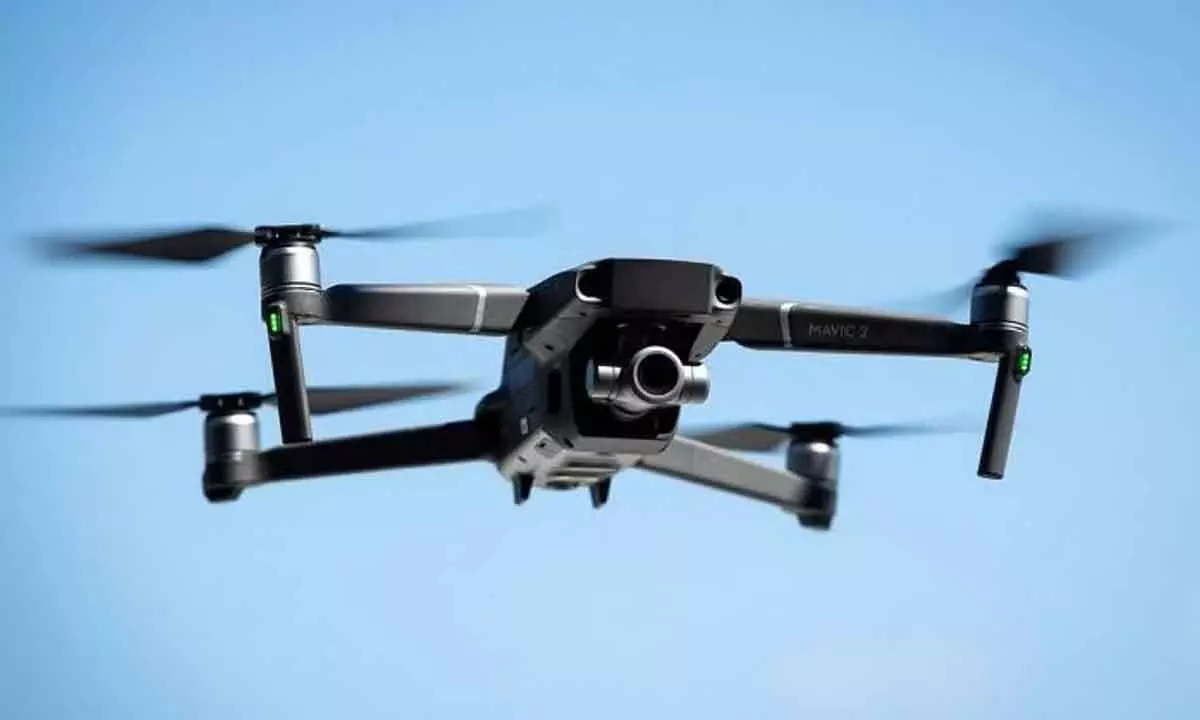India should focus on emerging as a hub for medium and small drones
image for illustrative purpose

The global military drone market size reached a value of around $ 14.22 billion in 2023 and it is expected to grow at a CAGR of 9.5% between 2024 and 2032, reaching a value of $32.20 billion by 2032. The increase in the defense expenditure by major countries is expected to be the major driving factor to boost the drone market. The global defence industry is heavily focused on remote surveillance, border security, thermographic inspection, infrastructure protection, law enforcement and firefighting, each of which requires technologically cutting-edge techniques and equipment. As a result, the demand for military drones has been increasing at a steady pace and thereby leading to a significant military drone market expansion throughout the forecast period. Drones are being gradually adopted by a large number of new international military organisations for combat operations, law enforcement and border protection. The growing demand for advanced military drones due to their cost effectiveness compared to manned aircraft and their increasing integration into ongoing warfare systems to deal with combat threats is spurring the military drones market.
India’s military spending of $81.4 billion was the fourth highest in the world. It was six per cent more than in 2021. The country is in the process of acquiring 31 high-end MQ9B Predator armed drones from the United States at an approximate cost of Rs 2.5 lakh crore. Data from the Stockholm International Peace Research Institute (SIPRI), which tracks global arms transfers, shows that China has delivered some 282 combat drones to 17 countries in the past decade, making it the world’s leading exporter of the weaponised aircraft. By comparison, the United States-which has the most advanced UAVs in the world-has delivered just 12 combat drones in the same period to France and the United Kingdom. The US, however, still leads in export of unarmed surveillance drones. The use of artificial intelligence (AI) in military drones is expected to change the market on a global scale, offering extensive opportunities to the market.
In-depth research is being done on those manufacturing drones equipped with a variety of autonomous tools supported by machine learning (ML) and AI capabilities. These developments could represent a significant market opportunity for the global military drones in the years to come. These drones will be equipped with a variety of electronic warfare capabilities and be used in numerous military applications as a result. A recent report says that the Hyderabad-based Adani-Elbit joint venture has been called upon to deliver 20 Hermes 900 medium altitude and long-endurance (MALE) UAVs to Israel. These UAVs have 36-hour endurance, can carry a payload of 420 kgs and operate at an altitude of 32,000 feet. For India, the opportunity lies in the increasing capability of small platforms to take on larger platforms/targets. There is no shortage of human or material capability. Beyond securing financial support, what stands between India emerging as a major drone hub for medium and small drones is the ability to take risks, accept losses and unleash creativity.

